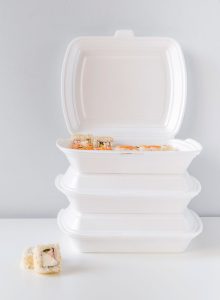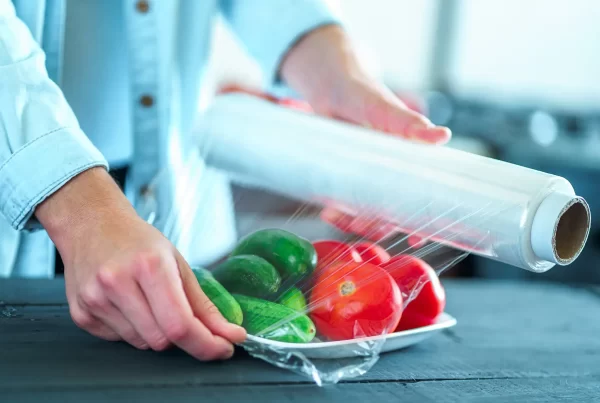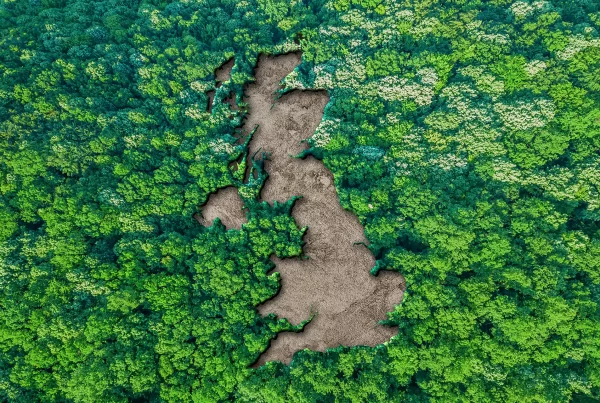The Joint Research Center (JRC) of the European Commission performed a study on the comparison of the environmental impact between single-use and multiple-use packaging. The study aimed to support discussions on the inclusion of multiple use products in the EU Policy on Products with Waste Prevention Requirements.
Started in May 2023, the study focused on the environmental impacts of articles intended for contact with food and beverages, evaluating the environmental performance of single use products targeted by the PPWR (Packaging and Packaging Waste Regulation) compared to those for multiple use.
Preliminary results were presented on September 25, 2023, with the study due to end in November 2023.
For the evaluation JRC used an approach based on Life Cycle Assessment (LCA), on the Product Environmental Footprint (PEF) and a parameterized model from raw materials to end-of-life.
The researchers considered different factors, such as the number of reuses, transport distance, energy mix and waste management, conducting sensitivity analysis for each factor to test the hypotheses and the importance that each of them had in the score of final impact.
 The JRC examined four scenarios:
The JRC examined four scenarios:
- Beverages in Single use paper cup with low density polyethylene (LDPE) lining and polystyrene (PS) lid VS Multiple use polyopropylene (PP) cup.
- Takeaway in Single use cardboard tray with LDPE lining VS Multiple use PP clamshell tray.
- Single use wine glass bottle VS Multiple use wine glass bottle (thicker).
- Single use hamburger meal (Paper trays for hamburger & fries + paper cup) VS Multiple use hamburger meal (PP plate for hamburger & fries + PP cup) in a restaurant setting.
Key results include:
- The significant impact of washing and rinsing practices, especially water use and electrical impacts, on the environmental footprint of reusable products.
- Consumer behavior, such as distance traveled and number of products transported, has a strong impact on the effectiveness of reuse.
- Evaluated single-use packaging shows greater impacts during production, especially the intensive use of water in paper production.
In all cases, multiple-use options showed lower environmental impacts, particularly in terms of greenhouse gas emissions and water use. Factors such as consumer behavior and washing practices were found to be significant variables in influencing environmental impacts.
These findings support the idea that reuse can be an effective strategy for reducing the environmental impact of packaging.



